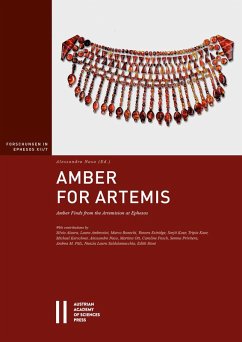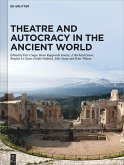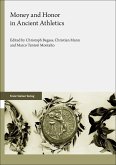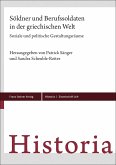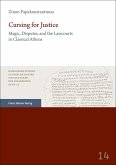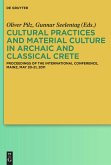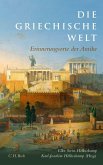Nearly 700 individual amber objects were unearthed during the British and Austrian excavations in the Artemision of Ephesos, the majority of which were found in the centre of the sanctuary. During the reconstruction of the first temple for Artemis (Naos 1), a hoard consecrated around 650 to 640 BC was deposited there as a building sacrifice and contained gold jewellery and amber along with other valuable objects. The amber from the Artemision represents the largest find complex of this material in the entire Eastern Mediterranean region. It includes carved figures, beads, pendants, inlays and pinheads, but also unworked amber. The forms and types of the individual objects find their closest parallels above all in Italy, where amber from the Baltic was traded since the Bronze Age. Archaeometric investigations prove that the Ephesian finds were also made from Baltic raw material. A large number of similar individual parts contained in the hoard indicate that a magnificent piece of jewellery had also been laid down there. It seems that this elaborate piece of jewellery, made of small pieces, was a wide girdle offered to the goddess Artemis as the protector of women in labour. This girdle can be used to establish a connection with Southern Italy, where the colony of Siris offered itself as a mediator of amber jewellery of the Oinotrian type. All forms considered together prove the existence of a workshop in the Artemision in the 7th century BC that produced also amber jewellery.
Hinweis: Dieser Artikel kann nur an eine deutsche Lieferadresse ausgeliefert werden.
Hinweis: Dieser Artikel kann nur an eine deutsche Lieferadresse ausgeliefert werden.

